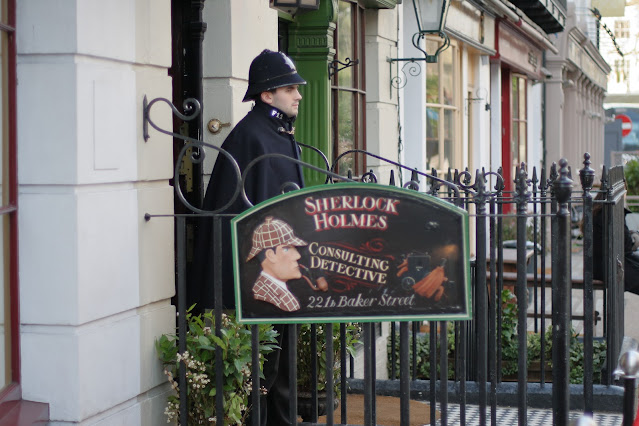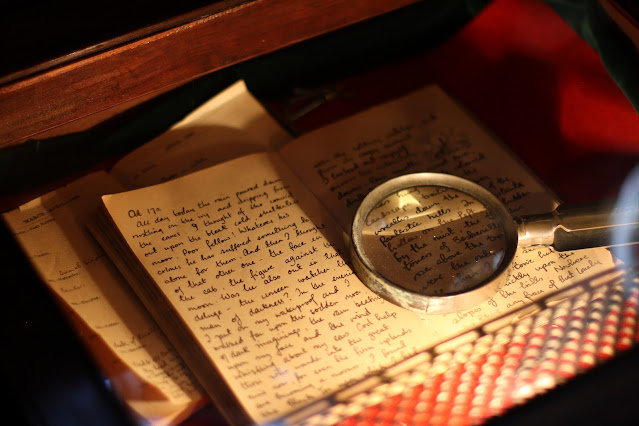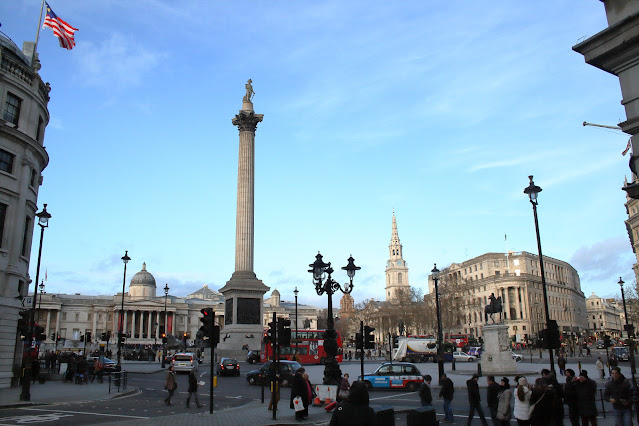Toyohashi is an interesting city really, I was only there for a few days and didn't really have a local guide or much to go on, aside from the fact that there was a castle to be seen!
So I set off towards Toyohashi City Park where the castle could be found.
Along the way to the castle there was a series of really quite disturbing statues, each had a plaque which contained a story, if only I knew how to read kanji...
These most excellent statues of a phoenix are outside the Toyohashi City Public Hall, there are additional phoenixes! (note: in mythology there was only ever one phoenix, so plural phoenixes is just an estimation)
Upon arriving at the park, we read the noticeboard to find out where the castle was and were directed along a path....
Eventually we found the castle! This is actually a modern reconstruction of only one tiny part of what the castle had originally looked like. Here is some history from Wikipedia -
A castle was built on the banks of the Toyokawa River in 1505 by Makino Kohaku, a retainer of Imagawa Ujichika to secure his foothold on eastern Mikawa Province against the growing power of the Matsudaira clan in western Mikawa Province.
Due to its strategic location on a river crossing, the castle was involved in numerous battles during the Sengoku period, changing hands several times and was destroyed and rebuilt on several occasions.
From 1565, the castle came under the control of Tokugawa Ieyasu, who named Sakai Tadatsugu as castellan.
Following the Battle of Odawara in 1590, Toyotomi Hideyoshi ordered the Tokugawa clan to relocate to the Kanto region and assigned the castle to Ikeda Terumasa.
Ikeda developed the surrounding castle town and embarked on a massive and ambitious plan to rebuild Yoshida Castle.
However, following the Battle of Sekigahara, he was relocated to Himeji Castle, with the central keep not completed.
After the establishment of the Tokugawa shogunate, Yoshida Castle became the center of Yoshida Domain, a feudal domain, which occupied a strategic position on the Tokaido between Edo and Nagoya.
The domain was assigned to several different fudai daimyo clans until coming into the possession of the Matsudaira (Nagasawa-Okochi) clan in 1752, which remained in residence at Yoshida until the Meiji Restoration.
The final daimyo of Yoshida, Matsudaira Nobuhisa, surrendered the castle without resistance to the Meiji government in 1868.
The castle was turned over to the fledgling Imperial Japanese Army in 1871, but largely was destroyed in a fire in 1873.
Much of the castle grounds remained in the hands of the military until the end of World War II.
Following the end of the war, a portion of the Third Bailey was transformed into Toyohashi Park, and the modern Toyohashi City Hall was constructed on another portion.
In 1954, a three-story yagura, the Kurogane Yagura was reconstructed out of reinforced concrete. An art museum and sports facilities were later erected on the site of the Inner Baileys.
The previously mentioned art museum we did not venture inside, but outside was a fairly brazen statue of some naked ladies... saucy! The photo I have of the front was way too hot for this humble blog.
Here is a random man hole cover.... most excellent!
And the obligatory temple, which we also did not go inside... I may actually post some of my older photos of Japan sometime soon since I actually visited some really quite cool places in Tokyo last time.
Next time: Paris, France (FINALLY!)
References:
Toyohashi Wikipedia Entry - http://en.wikipedia.org/wiki/Toyohashi,_Aichi
Yoshida Castle - http://en.wikipedia.org/wiki/Yoshida_Castle
Siege of Yoshida Castle - http://en.wikipedia.org/wiki/Siege_of_Yoshida_Castle
Toyohashi City Museum - http://en.wikipedia.org/wiki/Toyohashi_City_Museum_Art_and_History
This work is licensed under a Creative Commons Attribution Non-commercial license.



























































